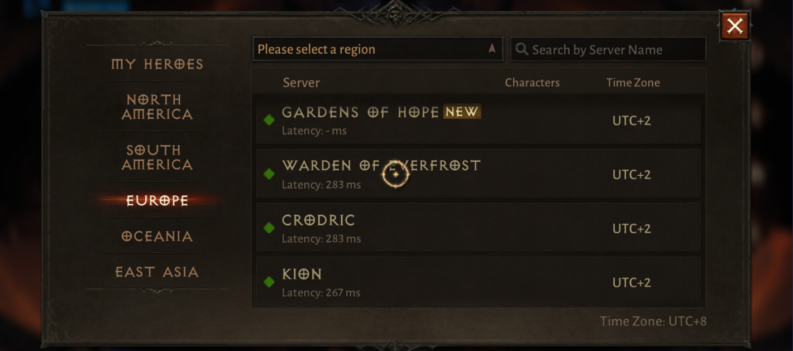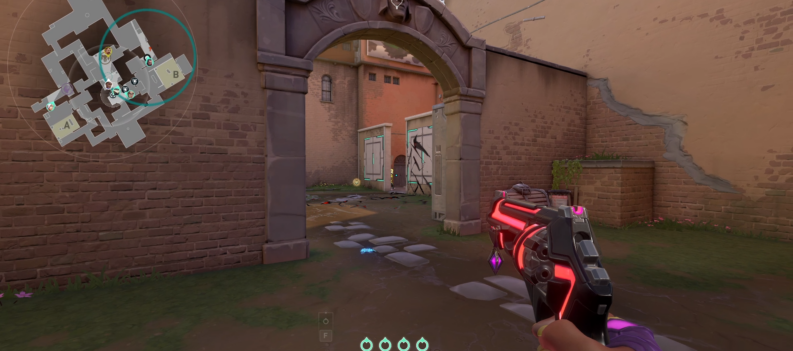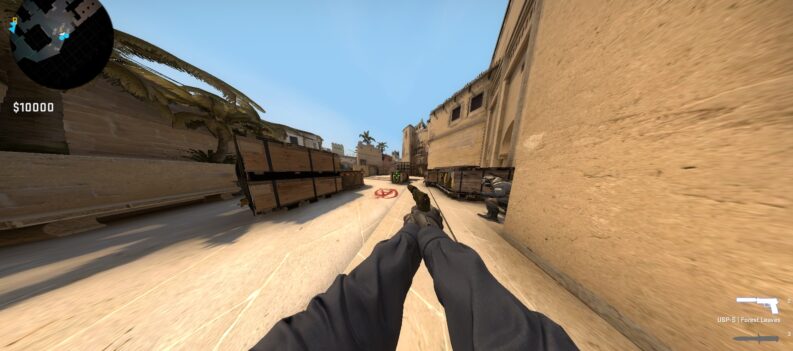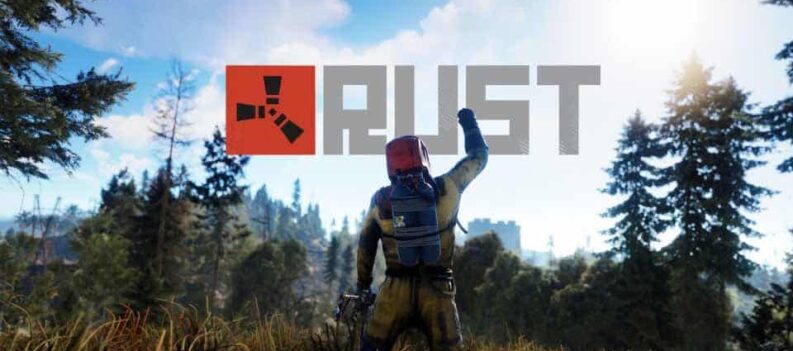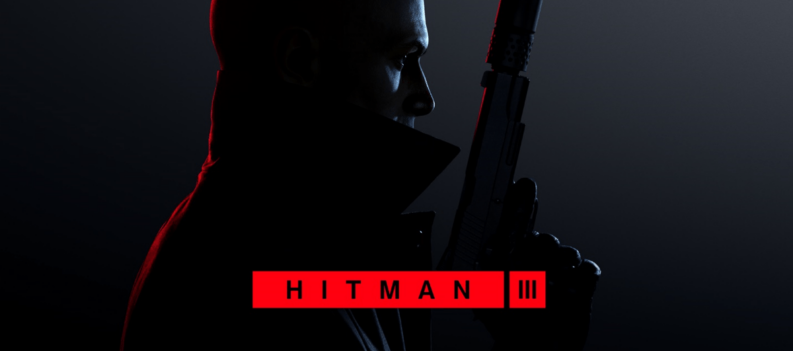Riot Games has introduced an entirely new rank in VALORANT Episode 5 to help the skewed rank distribution in-game.
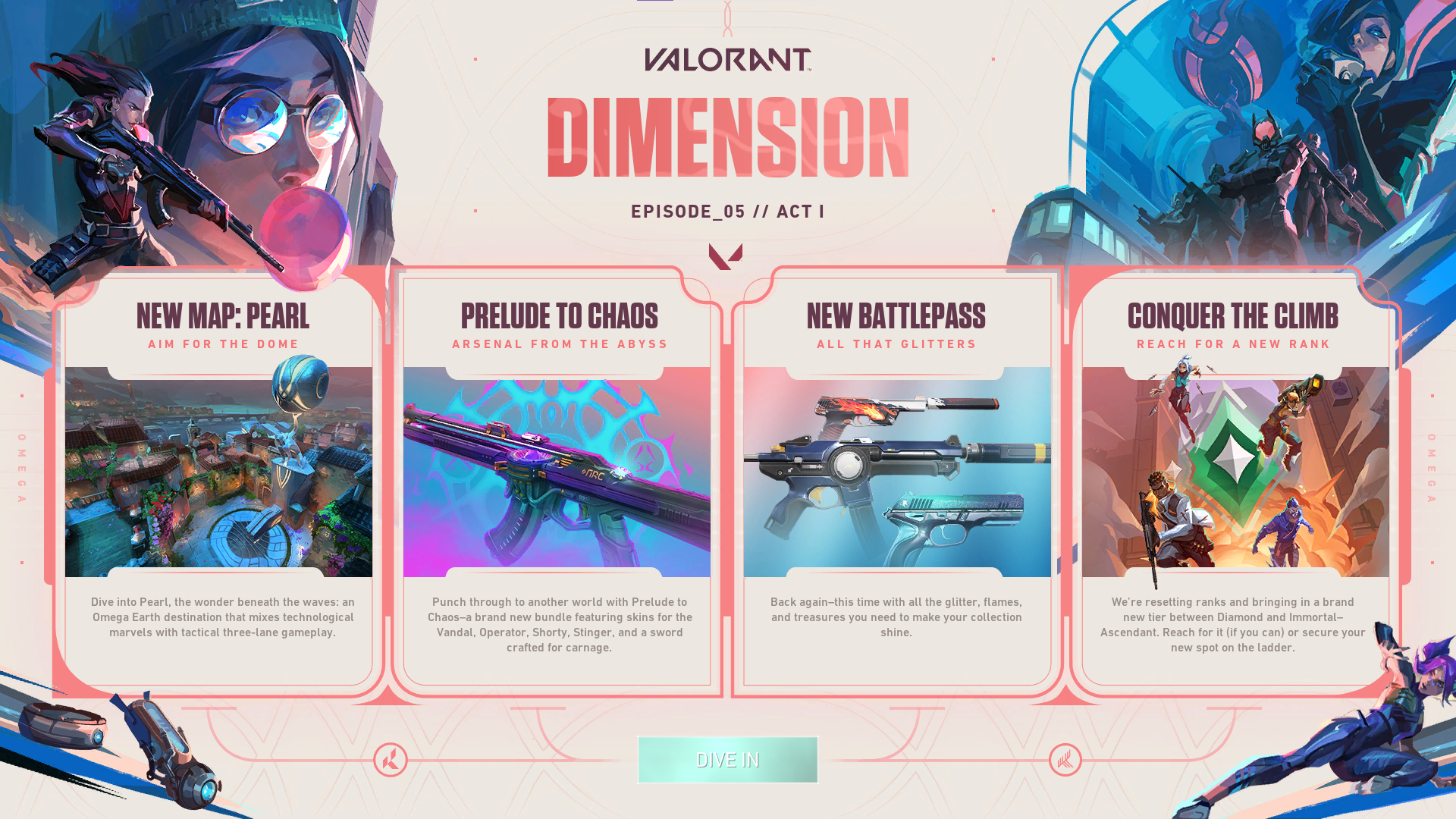
Tactical FPS games are generally very competitive, where players try their best to squeeze every bit of skill, tactic, and strategy to gain the upper hand on the opponents. Unfortunately, the high-risk, high-pressure environment in these types of games can be quite alienating to new and more casual players who want to run around and shoot people for fun.
How VALORANT managed to make the game both easy for beginners to pick up and difficult for seasoned players to master is beyond us and is arguably the main reason why players with zero FPS experience tend to lean towards Riot Games tactical shooter.
However, VALORANT’s approachable nature might also be why so many players are stuck in the Iron-Silver bracket, which has prompted Riot Games to make some changes to the VALORANT Ranking System.
VALORANT Rank Distribution
As mentioned earlier, VALORANT’s rank distribution is currently heavily skewed towards the Bronze-Silver bracket due to a few possible reasons:
- New Players getting placed at Bronze-Silver;
- Old players with new accounts getting placed at Bronze-Silver;
- Casual Players who don’t care about ranking up;
- Smurf accounts to play with low-ranked friends.
Players with previous tactical first-person shooter experience can easily bank on their superior mechanical skills to get out of the Bronze-Silver bracket. However, progressing beyond Gold or even Platinum requires a good understanding of every Agent’s abilities and roles on top of knowing stronger angles and positions around VALORANT maps.
More casual players will want to play VALORANT for the sake of being able to play together and have fun with their friends. The exact percentage of these types of players is unknown. However, if the current Rank Distribution is anything to go by, you can bet that many VALORANT players play the game for fun.
Some players do not have the time to dedicate practice routines or learn lineups or setups for their favorite Agents in-game, which will ultimately be the difference between a Silver player and a Diamond player, for example. If more players dedicated time to learning and improving in VALORANT, we would see a more even rank distribution between the nine Ranks in-game.
There could be many other reasons why VALORANT’s Rank Distribution is the way it is right now, but these are some of the more obvious reasons why most players end up at Bronze-Silver.
New Ascendant Rank
How will the new Ascendant Rank improve player distribution across the nine ranks? Good question.
Riot Games experimented with a few ways to spread out the Rank Distribution in VALORANT. The easiest and fastest way would be to promote every low-rank player to a much higher rank. However, Riot Games says that doing so would skew the rank distribution towards the other side of the rank spectrum – fixing nothing in the process.
With the Patch 5.0 update, Riot Games will make ranking up easier for lower-ranked players so they can move out of the lower ranks without the risk of overpopulating the Platinum and Diamond ranks. You can think of Ascendant as a buffer rank that will take in refugees from the Platinum-Diamond Ranks when players from lower ranks eventually move up.
Riot Games did this by temporarily lowering the MMR requirement for every rank below Ascendant, which means that players from the lower ranks can gain a massive amount of RR at the start of Episode 5, Act 1. This should jumpstart the migration process for VALORANT ranks and quickly distribute low-ranked players to their new respective ranks.
Ascendant will slot in nicely between the Diamond and Immortal ranks. And, like every rank below it, the Ascendant will feature three tiers – Ascendant I, Ascendant II, and Ascendant III. Each tier will require 100 RR to progress to the next tier.
Lastly, because of the introduction of an entirely new rank, all of the 5-stack Queue requirements previously applied for Diamond have been moved over to the Ascendant rank. For an in-depth discussion on 5-stack Queues, read our VALORANT 4.08 Patch Notes.
Ascending to Greatness
A more even Rank Distribution will help make VALORANT Ranked Matches more consistent for all players in various ranks and help accentuate the skill disparity across the nine ranks in VALORANT.
Through the new Ascendant rank, Riot Games hopes that players in the heavily populated Bronze-Silver rank can find a new home in the higher ranks and gain a new perspective on the gameplay differences between all ranks in VALORANT.
Visit the PlayerAssist website for more Gaming Guides, Gaming News, Game Codes, and other Gaming Content!



